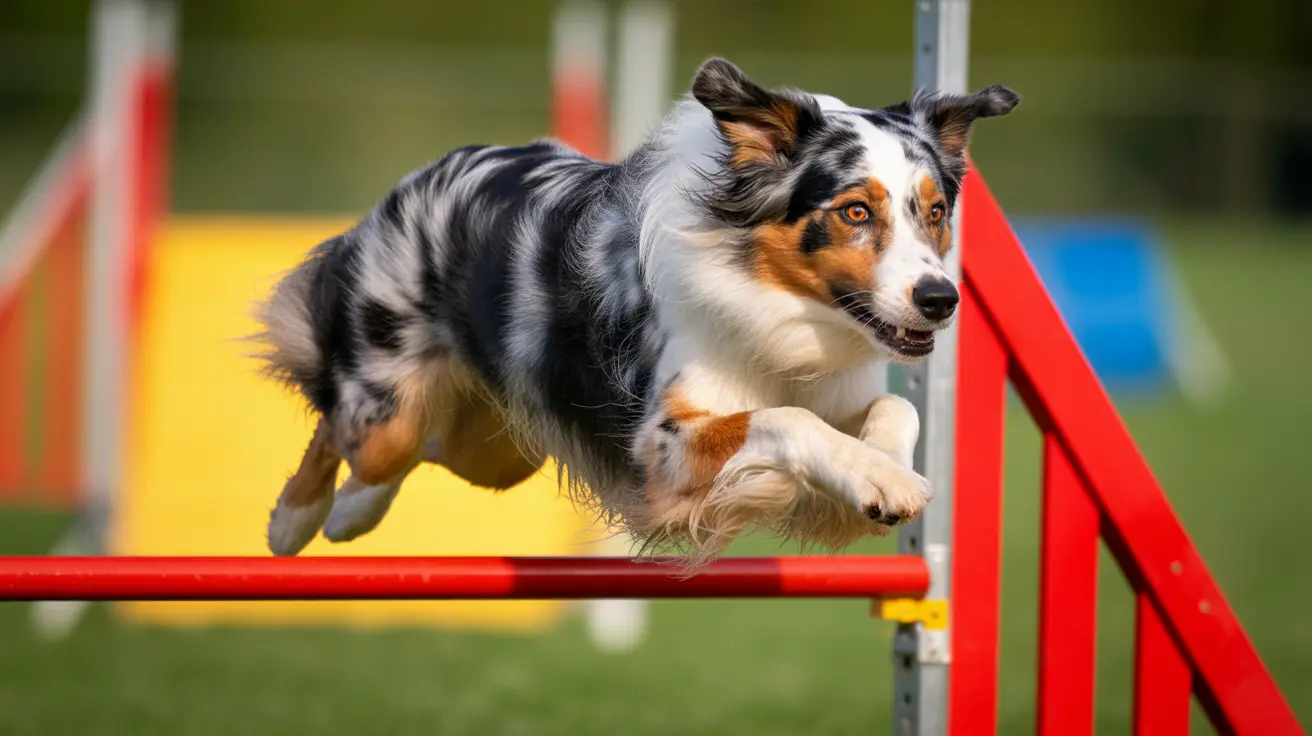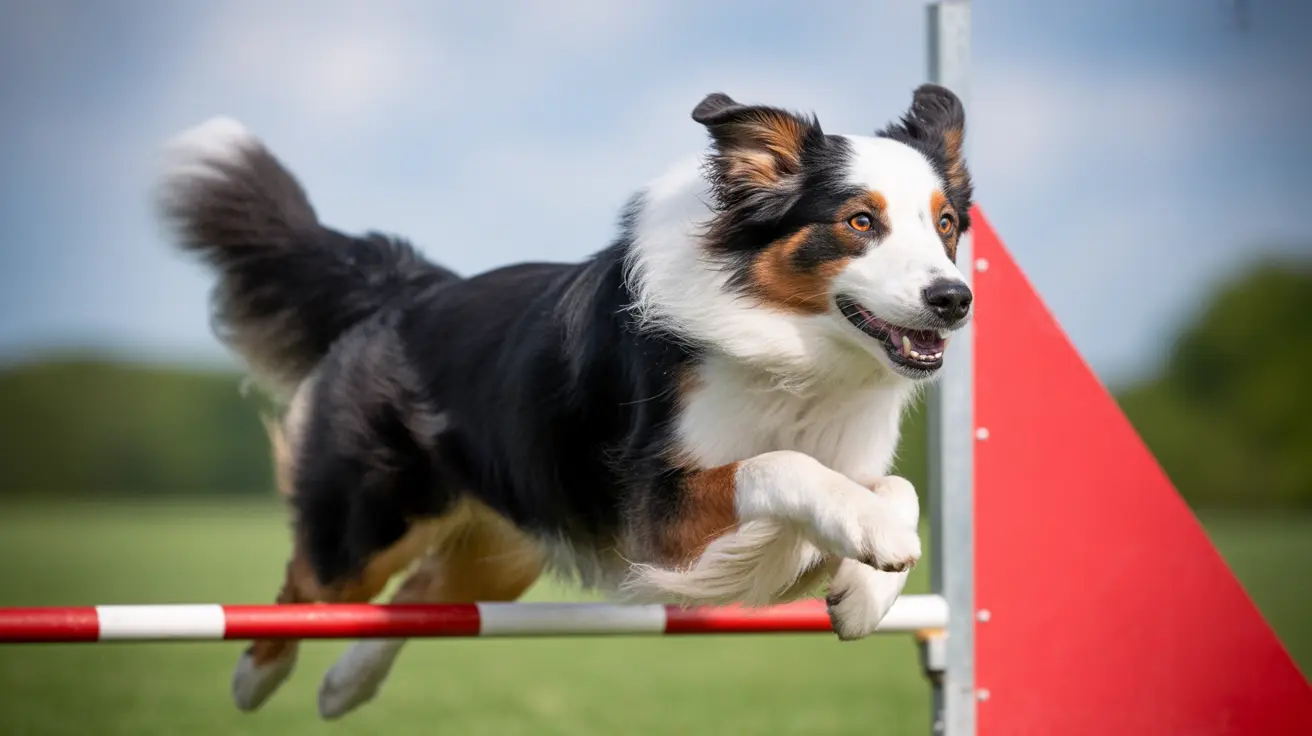Can Dogs Get Leptospirosis from Grass?
Yes, dogs can get leptospirosis from grass, especially if the grass is contaminated with the urine of infected animals. Leptospirosis is a zoonotic bacterial disease caused by Leptospira species that affects both humans and animals, particularly dogs. The bacteria thrive in warm, moist environments and can survive in water and soil, including backyard grass, for weeks or even months.
How Leptospirosis Is Transmitted
- Through direct contact with infected urine
- Via soil, water, or grass contaminated by infected wildlife
- By ingestion of contaminated materials
- Through open wounds or mucous membranes
Dogs may be exposed to Leptospira when they sniff or lick contaminated grass or soil or through minor abrasions on their paws.
Wildlife Commonly Involved
Several wildlife species are known carriers of Leptospira bacteria. These include:
- Rats and mice
- Raccoons
- Opossums
- Skunks
- Squirrels
- Deer
These animals frequently urinate in backyards, parks, and other outdoor areas, contaminating the ground and grass where dogs play or walk.
Risk Environments
While ponds, lakes, and streams are well-known transmission sources, even urban lawns and neighborhoods can harbor the bacteria. Dogs that are regularly outdoors, even in city settings, are at risk. High rainfall and warm temperatures increase exposure by keeping the soil moist and aiding bacterial survival.
Symptoms of Leptospirosis in Dogs
Clinical signs can vary and may resemble other illnesses, making diagnosis challenging. Common symptoms include:
- Fever and lethargy
- Vomiting and diarrhea
- Abdominal pain
- Stiffness and muscle pain
- Loss of appetite
- Increased urination and thirst
- Jaundice (yellowing of skin or eyes)
In severe cases, organ failure—particularly kidney and liver dysfunction—can occur and may be fatal.
Diagnosis and Treatment
Diagnosis often involves blood and urine testing for Leptospira antibodies or direct bacterial DNA. Testing should ideally occur before antibiotic treatment begins for more accurate results. Standard therapy includes:
- Antibiotics like doxycycline
- IV fluids for hydration
- Nutritional and supportive care
- Advanced interventions like dialysis in severe cases
Early treatment significantly improves the prognosis and reduces long-term organ damage.
Prevention and Vaccination
The Leptospirosis vaccine is considered a core vaccine in many regions. It protects against the four most prevalent serovars. The vaccination protocol includes:
- Two initial doses 2–4 weeks apart
- Annual boosters to maintain immunity
Though no vaccine provides 100% protection against all strains, it significantly reduces the risk and severity of infection.
Safety of the Vaccine
Most dogs tolerate the vaccine well. Mild side effects may include:
- Soreness at the injection site
- Drowsiness or mild fever
Severe reactions are rare and occur in a very small percentage of dogs. Updated immunizations have improved safety profiles.
Best Practices to Prevent Leptospirosis
- Vaccinate your pet annually
- Keep yards clean and free from standing water
- Limit contact with wildlife and rodent-prone areas
- Ensure proper sanitation and hygiene
- Seek veterinary attention for any sign of illness
Even without direct contact with water sources, simply walking or playing in a grassy area exposed to wildlife can pose a threat. Thus, dogs can and do get leptospirosis from grass, highlighting the importance of vaccination and environmental awareness.
Conclusion
To protect your pet, stay informed, discuss preventive care with your veterinarian, and recognize the environments that contribute to leptospirosis exposure. Grass contaminated by infected wildlife is a real transmission route—vaccination and vigilance are key.





